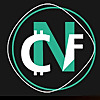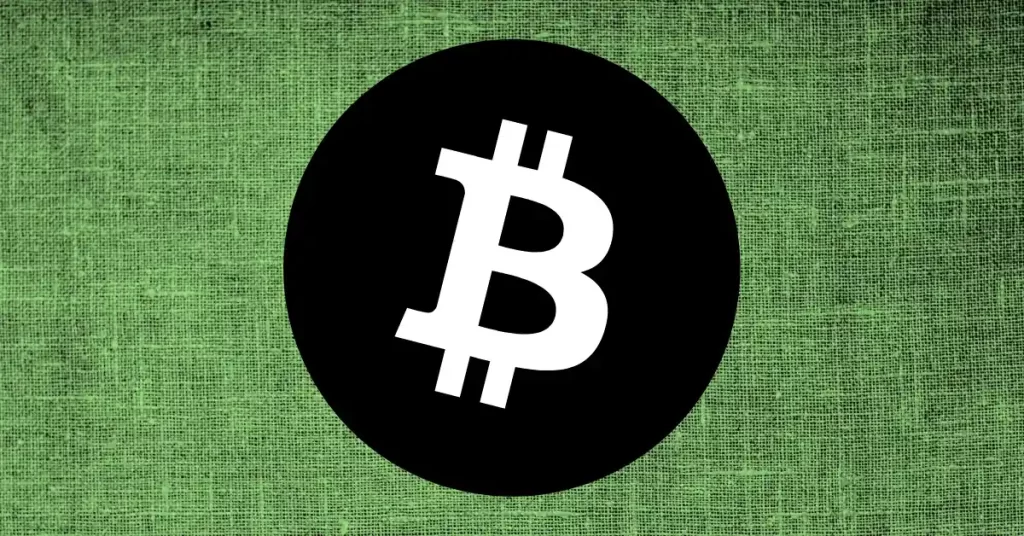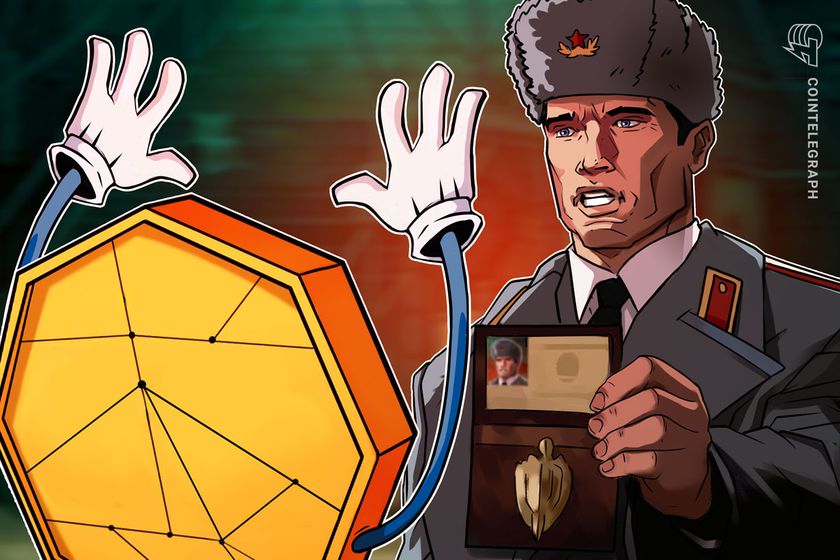ARTICLE AD BOX

- The Graph Foundation launches the Chain Integration Process (CIP), democratizing the expansion of The Graph Network.
- New quick start guide on The Graph makes it easier for users to create and deploy subgraphs, empowering blockchain innovation.
The Graph Foundation’s recent introduction of the Chain Integration Process (CIP) marks a technological breakthrough in the world of cryptocurrencies and blockchain technology.
This process is designed to expand in a community-driven and decentralized way the network of The Graph, one of the leading data indexing platforms for decentralized applications. What does this mean for the cryptocurrency and blockchain ecosystem? A shift in how communities can directly influence the growth and diversification of a network.
 The Graph Network has added support for @Optimism
The Graph Network has added support for @Optimism 
Any devs building on Optimism can now easily create fast, unstoppable, & performant dapp frontends served by subgraphs on the decentralized network 
 Need help getting started with subgraphs? Access subgraph docs here:… pic.twitter.com/Jlg1QXb2ZZ
Need help getting started with subgraphs? Access subgraph docs here:… pic.twitter.com/Jlg1QXb2ZZ
— The Graph (@graphprotocol) December 20, 2023
Blockchain Integration Process (CIP): A New Multi-Chain Expansion
The CIP builds on the successful Migration Infrastructure Providers (MIPs) program, but goes a step further, allowing anyone to propose the integration of new chains into The Graph Network.
Imagine the potential: a community-led process that not only contributes to the network, but also shapes its future. This is more than a technological development; it is an invitation to the community to lead, innovate and direct the evolution of the network. In the genuine spirit of decentralization, the support of all future networks in The Graph Network will be a reflection of web3 principles.
The IPC process unfolds in three key steps
First, it starts with the presentation of an integration proposal at The Graph Forum. This stage is crucial to evaluate the compatibility of the chain with The Graph Network. Next comes the integration testing and validation phase, where we work closely with lead developers to integrate tools such as Subgraph Studio.
Finally, after successful validation in the testnet, we proceed to request integration into the main network. This method ensures that the string integrations are of high quality and meet the standards set by the community and The Graph Council.
What does this mean for indexers and network participants?
The opportunity to select and profit from a wider range of strings. In addition, this process sets an industry standard for governance-based network expansion.
Reflecting on the success of the MIPs, this program was instrumental in equipping the network with the necessary support to facilitate the upgrade of subgraphs from the hosted service to the decentralized network.
During the program, MIPs participants successfully added support for six chains to the network: Arbitrum One, Avalanche, Celo, Fantom, Gnosis Chain and Polygon. This success extends the total number of officially supported chains in The Graph Network to seven.
Multi-chain future of the decentralized network
The introduction of the Chain Integration Process reinforces The Graph’s commitment to decentralization and community empowerment. By enabling indexing rewards for community-aggregated chains, The Graph can use this critical incentive to accelerate the multi-chain future of the decentralized network.
Quick start guide on Subgraph Studio
We will now explain the quick start guide that has been released to facilitate the creation and deployment of subgraphs in Subgraph Studio or the hosted service. This guide represents a crucial step for enthusiasts and developers looking to integrate into The Graph ecosystem, simplifying the process and opening doors to more active and diversified participation.
what exactly does this quick start guide entail?
Essentially, it provides a clear and simple path for anyone interested to initialize, create and deploy their subgraph. But what do you need to get started? First, a smart contract address on the network of your choice, GRT to curate your subnetwork and a cryptocurrency wallet.
The process begins in the Subgraph Studio, where you connect your wallet and start creating your subgraph, selecting the network of your choice. This initial step is essential, as it lays the foundation for your project on the network.
 Source: thegraph.com
Source: thegraph.comThe next step involves installing The Graph CLI, a tool written in JavaScript that requires npm or yarn. This CLI is fundamental to the development of your subgraph, providing key commands and functionality for its management.
 Source: thegraph.com
Source: thegraph.comOnce the CLI is installed, the initialization phase of the subgraph begins. Here, you must provide vital information such as your subgraph’s protocol, an identifying name, the address of the smart contract you wish to query, and other technical details. It is a process that requires precision, but is clearly guided for ease of development.
 Source: thegraph.com
Source: thegraph.comThe next step is to write your subgraph, using the skeleton created in the previous steps. You will work primarily with three files: the manifest (subgraph.yaml), the schema (schema.graphql) and the AssemblyScript mappings (mapping.ts). These files are the heart of your subgraph, defining what data it will index and how it will be transformed into accessible entities.
 Source: thegraph.com
Source: thegraph.comOnce you’ve written your subgraph, it’s time to deploy it in Subgraph Studio. Here, you authenticate and deploy your subgraph using a deployment key. This step is crucial, as it makes your subgraph operational and accessible to others on the network.
But it doesn’t end there. The next step is to test your subgraph, using the playground section to run test queries and verify its operation. If there are errors, you can use the indexing status query to debug and fix them.
 Source: thegraph.com
Source: thegraph.comFinally, when you are ready to take your subgraph into production, you can publish it to The Graph’s decentralized network. It is advisable to curate your own subgraph with GRT to ensure that it is indexed and available for queries as soon as possible.
 Source: thegraph.com
Source: thegraph.comThis breakthrough is not just a new standard for web3; it is a transformation in how the network will grow and evolve, with the tools for growth placed directly in the hands of the community.
The Graph is becoming more than a decentralized protocol. It is a vibrant and evolving community of contributors, where every participant can have a significant impact and shape the future not only of the decentralized network, but also of society.
It represents an extraordinary move towards a truly decentralized web3, with The Graph persistently leading an open, permissionless, community-driven ecosystem.
.png)
 1 year ago
18
1 year ago
18








 English (US)
English (US)